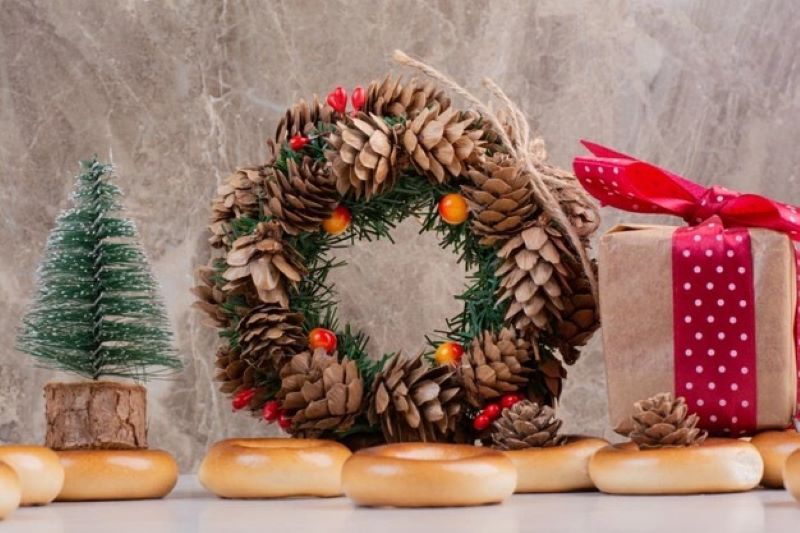The Origins of Glass Ornaments: A Brief History
Glass ornaments are a popular decoration during the festive season, but they are more than just decorations. Glass ornaments hold much cultural value and symbolism that dates back centuries. People worldwide have been fascinated with the art of glassblowing for ages, and glass ornaments continue to remain an essential aspect of holiday traditions around the world.
Glass ornaments have become synonymous with Christmas decorations. In the past, people would use candles and fruits as tree decorations. With time, people started using ornaments made of glass to string around their trees. Glass ornaments from different parts of the world have different meanings and cultural significance.
Glass Ornaments Around the World: A Global Perspective
For instance, In Japan, the traditional ornament called kugiri consists of a glass ball with a sign containing a good wish written on it. The sign was often surrounded by designs that were painted in bright and festive colors. Japanese people believe that putting up kugiri ornaments brings good fortune to their homes during the festive season.
In Central Europe, ornaments made of glass were popularized by the Germans in the 16th and 17th centuries. The famous German glass blowers would create different designs, shapes, and sizes of glass ornaments they called “kugels.” Kugels became very popular in Germany, and the trend spread to other parts of Europe. The different colors of kugels were symbolic, e.g. blue represented fidelity, while green symbolizes hope, and so on. Some of the kugels had images of saints and biblical figures painted on them, representing the Christian faith. In many places, kugels became an essential aspect of Christmas decorations.
The United States also plays host to some of the most beautiful glass ornaments in the world. The American glass ornaments have their unique design and symbolism. Many of the early American glass ornaments were manufactured in the mid-19th century in small glassworks in and around the Northeastern United States. The American glass ornaments were also incredibly diverse, with many different shapes and designs, such as vegetables, fruits, flowers, and even animals. After World War II, glass ornaments became very popular in America, and people started producing ornaments in large quantities.
There is a wide selection of glass ornaments for buyers to choose from in today’s market. People can buy plain, colored, and even transparent glass ornaments to use in their homes for holiday decorations. The different designs and shapes of the ornaments bring about unique decoration styles that suit different people’s preferences.
In conclusion, glass ornaments have been around for centuries, and they continue to remain an essential aspect of holiday decorations worldwide. Glass ornaments have different meanings across different cultures, which only adds to their rich cultural heritage. When using glass ornaments to decorate during the holiday season, one is not just making their home look beautiful but also paying homage to a centuries-old tradition filled with cultural significance, tradition, and symbolism.
